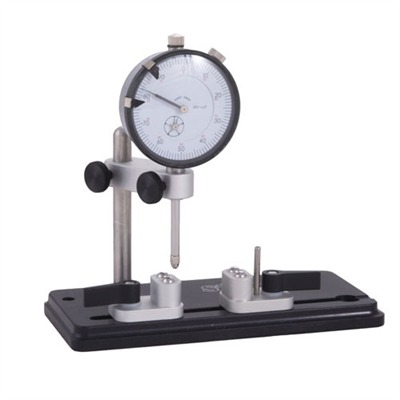Also use a fired case to square up sizing die, then lock die with locking ring. If you need to use neck expander, you do not need to lock it down tight. Or you can leave it loose than tighten it up after getting it started in neck. Most times am only using neck expander if then going to trim brass, as am using the rcbs power trimmer. Primer removal is handled by smaller caliber expander plug.
Am of opinion the Redding comp seater works very well, but it still helps to square it up. Can use flat washers to do this by setting washer below die, raising ram to tight, then tighten lock ring.
Am not a big fan of does that have hard to remove expanding plugs, but like the Lee lever action caliber dies for other reason.

